Artistically Photographing Wetland Landscapes
Capturing wetland landscapes in an artistic manner requires a meticulous approach, combining technical skills and creativity.
These rich ecosystems provide an infinite color palette, creating unique opportunities to capture stunning images.
In this article, I will share techniques and tips for capturing the beauty of wetlands with an artistic aesthetic, with a particular emphasis on the judicious use of color.
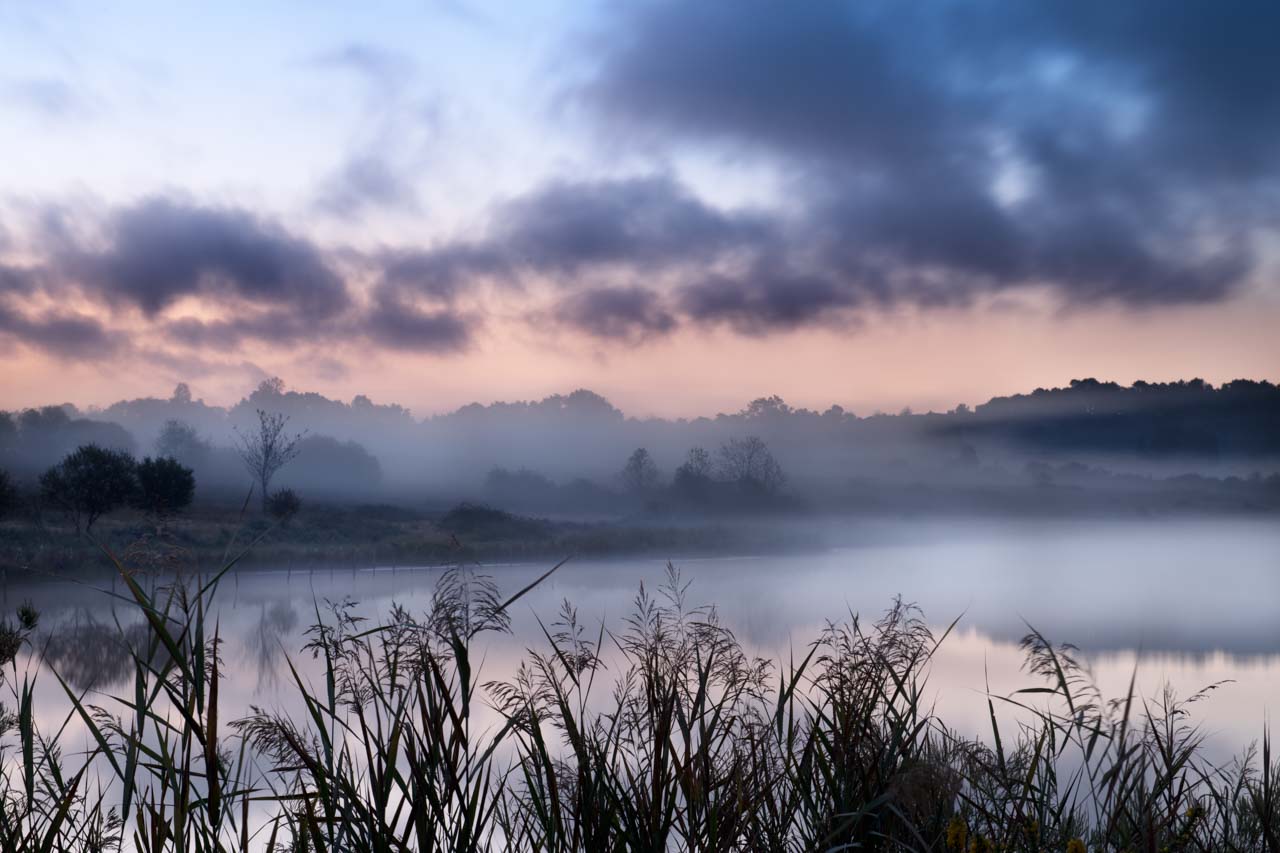
Table of Contents
- A True Artistic Adventure and a Real Photographic Challenge
- Equipment Choices
- Understanding Light
- Exposure and White Balance Mastery
- Play of Colors and Contrasts
- Playing With the Depth of Field
- Use Graduated Filters
- Capture Reflections and Symmetries
- Choice of the Opportune Moment
- Capture Details
- Artistic composition
- Creative post-production
- Finally
- The Photo Gallery
A True Artistic Adventure and a Real Photographic Challenge
Artistic photography of wetland landscapes is an adventure where technique and creativity meet. By understanding light, using colors to your advantage, playing with reflections, and mastering technical aspects, you can capture the magic of these unique ecosystems.
So, gear up, explore, and let your creativity flourish through the lens. Wetlands await to be immortalized through your artistic vision.
Artistically photographing wetland landscapes in color represents a stimulating challenge for nature enthusiasts. These rich and diverse ecosystems offer an endless palette of colors and textures.
But capturing their artistic essence requires a deep understanding of photographic techniques.
Wetlands, with their amazing biodiversity and endless nuances, provide an exceptional playground for photographers eager to capture natural beauty with a unique artistic perspective. By combining creativity and technical mastery, you can reveal the hidden magic of these fascinating ecosystems through your lens.
Equipment Choices
The choice of equipment plays a crucial role in capturing artistic images of wetlands. Opt for a DSLR or mirrorless camera that offers extensive manual control over settings.
Wide-angle lenses are particularly useful for capturing the expanse of landscapes and incorporating environmental elements.
Personally, I use focal lengths ranging from 16 to 70 mm. My favorite focal lengths are 20mm, 28mm, and 35mm. Fixed focal lengths or zooms are both perfect. There was a time when fixed focal lengths were better than zooms, but that time has passed. Personally, I cannot see the difference.
However, I always opt for lenses that open at f/2.8. In the morning when the light is low, I recommend the brightest lens possible. You will always have the option of manual focus but autofocus remains a remarkable tool for precision.
Understanding Light
Light is the key element of any artistic photography. Wetlands offer changing lighting conditions, especially during sunrise and sunset. Exploit these moments to capture warm tones and long shadows that add an artistic dimension to your shots.
Reflections on the water and the shadows create interesting contrasts. However, do not hesitate to experiment with daylight to capture vibrant and colorful images.
Personally, I am more of a morning photographer. I like to arrive at wetlands when it is still dark. I prefer slow shutter speeds or long exposures, especially to capture the blue hour.
Exposure and White Balance Mastery
Understanding light in wetlands is essential. Experiment with exposure to avoid overexposed or underexposed areas. Wetlands are full of rich and vibrant colors.
White balance should be adjusted according to the ambient light to faithfully reproduce the colors of the scene. The golden light of the morning or evening can create warm effects and add an artistic dimension to your photos.
Make sure to properly adjust the white balance to faithfully capture the tone of each shade.
Avoid filters that could alter the natural color of the scene.
Play of Colors and Contrasts
Wetlands are full of colors, from lush greens to reflective blues of the water. Play with contrasts to create more dynamic images, highlighting complementary colors present in the environment.
Playing With the Depth of Field
Use depth of field wisely to highlight specific elements of the landscape. In wetlands, where vegetation can be dense, a shallow depth of field can isolate a subject, creating artistic images with an aesthetic background blur.
Use depth of field to guide the viewer's gaze through your photograph. In wetland landscapes, this may mean keeping foregrounds sharp while deliberately blurring the background to add depth and dimension.
Depth of field is a crucial element to give artistic dimension to your wetland photographs. Use wider apertures (f/2.8 - f/5.6) to create a background blur that will highlight the main subject while adding a touch of mystery. This works particularly well when capturing aquatic plants, flowers, or insects in the foreground.
Use Graduated Filters
Graduated filters can be useful for balancing exposure differences between the sky and the ground, especially when photographing scenes at sunrise or sunset. This helps preserve details in dark areas while avoiding overexposure of the sky.
Capture Reflections and Symmetries
Reflections in the water are a distinctive feature of wetlands. Experiment with shooting angles to capture these reflections artistically. Symmetry created by reflections can add a unique dimension to your photographs.
Exploit calm water surfaces to capture reflections and symmetries. Trees, clouds, or birds reflecting in the water can add an artistic dimension to your photographs.
Make sure to have a stable tripod to maintain sharpness in these images, especially in low light.
Choice of the Opportune Moment
The magical moments of dawn and dusk offer a special light and interesting shadows. Wildlife is also more active during these times, adding dynamic life to your photos. Be ready to capture these fleeting moments by adjusting your settings quickly.
Capture Details
Dive into the microscopic world of wetlands using macrophotography. Capture details of water droplets on leaves, textures of aquatic plants, and patterns of insects. Use a macro lens to capture these intricate details and add an artistic dimension to your series.
Artistic composition
Explore different composition techniques, such as the rule of thirds, leading lines, and natural frames. These approaches can add an artistic element to your photographs by intentionally guiding the viewer's gaze through the scene.
Creative post-production
Post-production offers endless possibilities to enhance the artistic quality of your photographs. Experiment with color saturation, curves, and filters to enhance the natural tones of the wetland. Stay true to your artistic vision while preserving the authenticity of the captured scene.
All the photos in the gallery accompanying this article have been retouched. Post-production allows me to strengthen my photographic and artistic approach.
Finally
Artistically photographing wetland landscapes in color is an exciting challenge.
By combining technical skills with artistic sensitivity, photographers can transform seemingly ordinary scenes into visual works of art.
Photographing wetland landscapes in an artistic and colorful way requires a combination of technical and artistic skills. Explore these techniques while remaining open to experimentation.
Experiment with these techniques, be attentive to the changing light and nature of wetlands and let your creativity flow to capture images that tell the unique story of these dynamic ecosystems.
The Photo Gallery
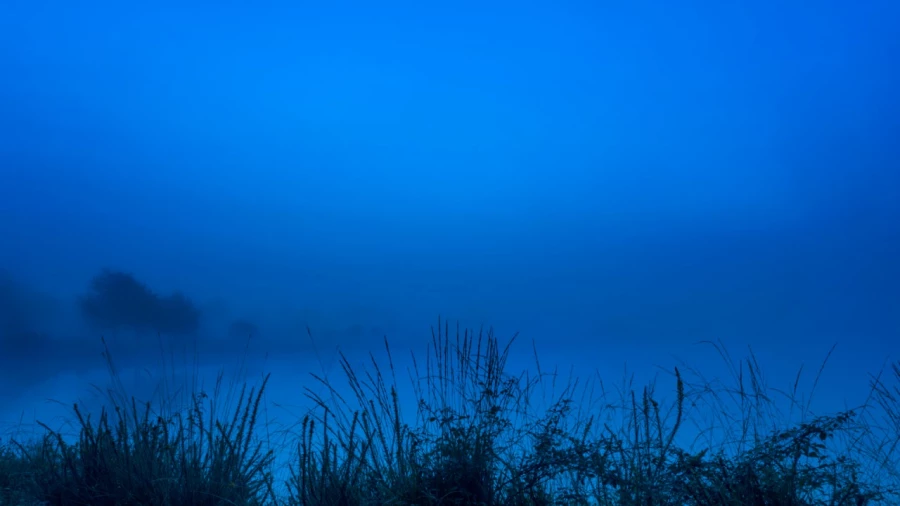
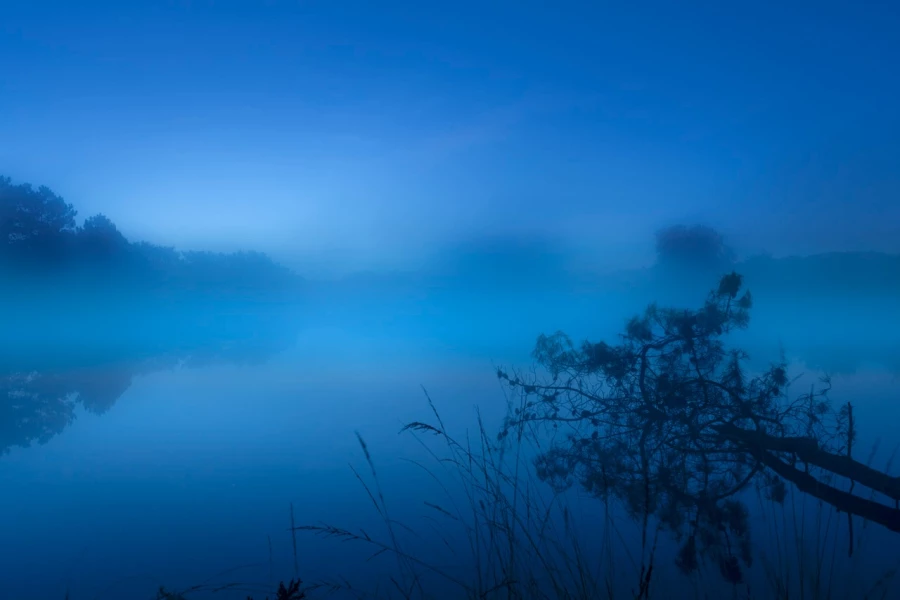
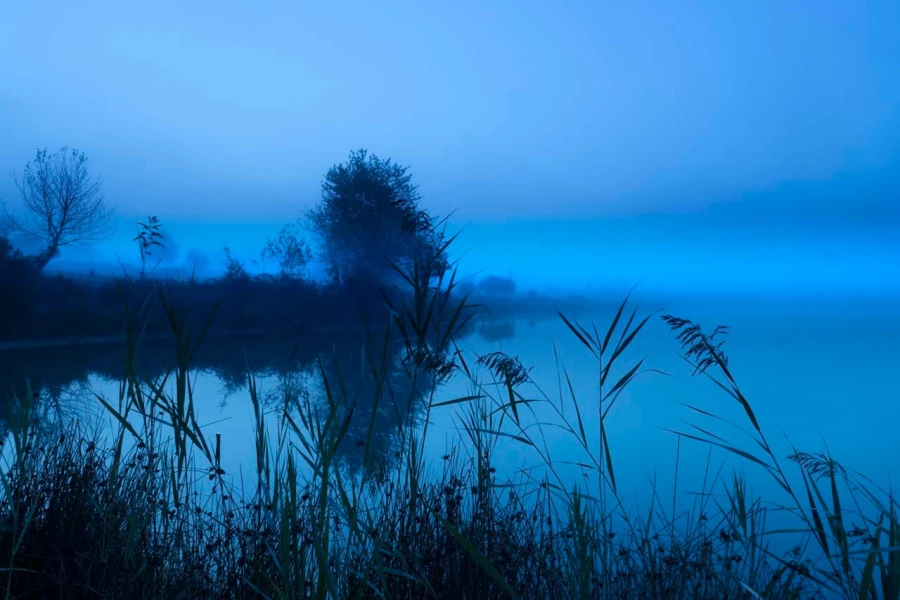
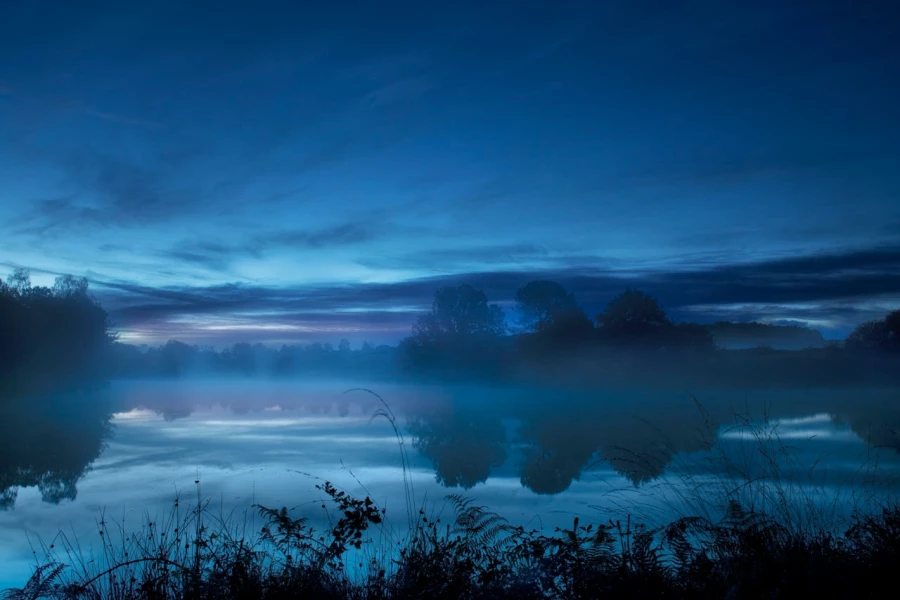
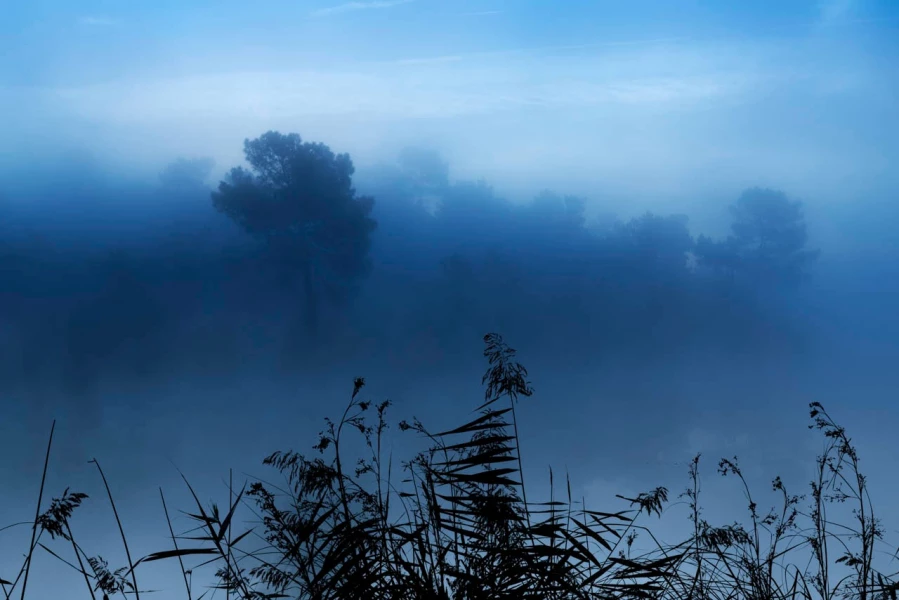
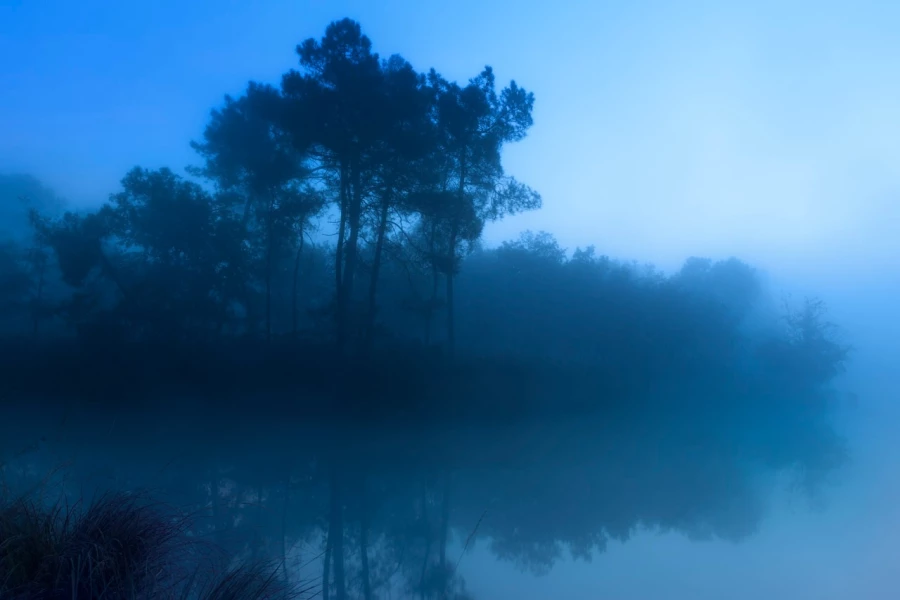
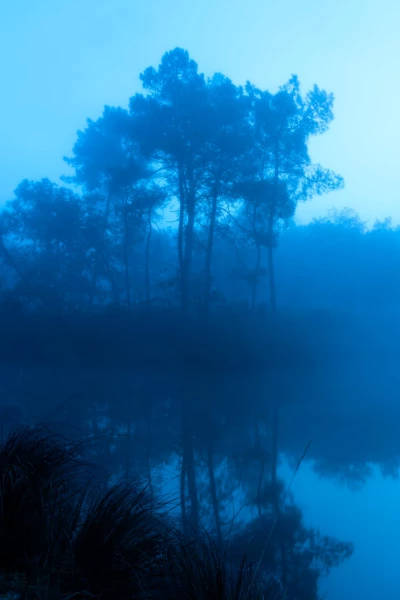

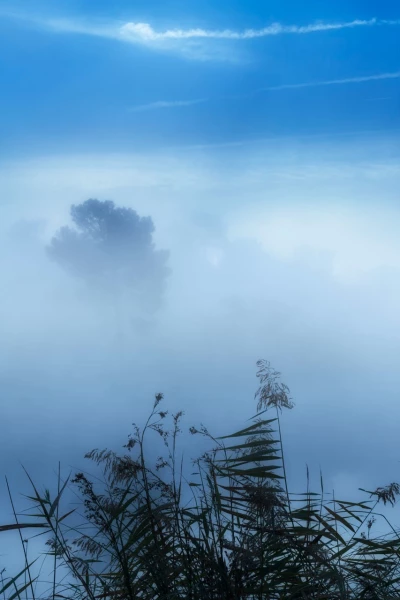
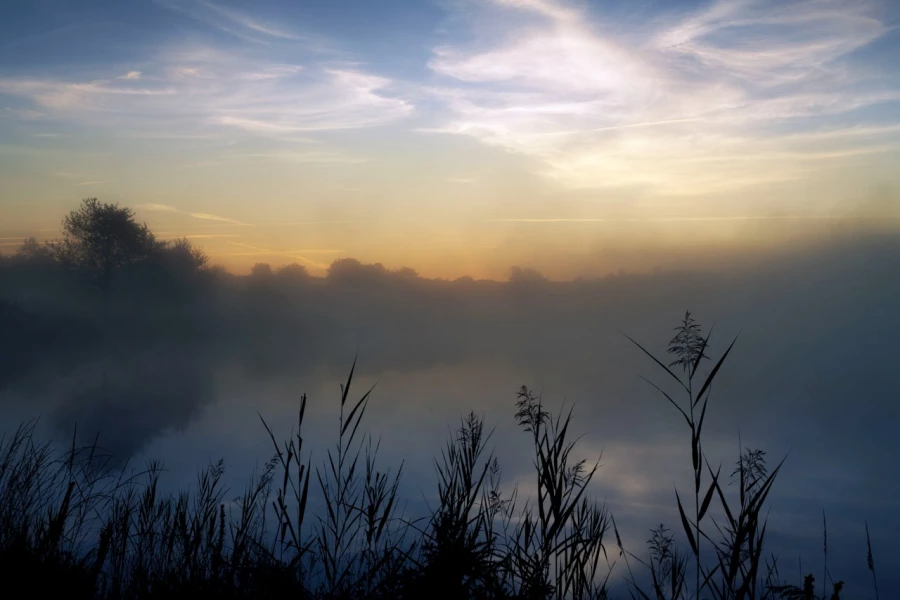
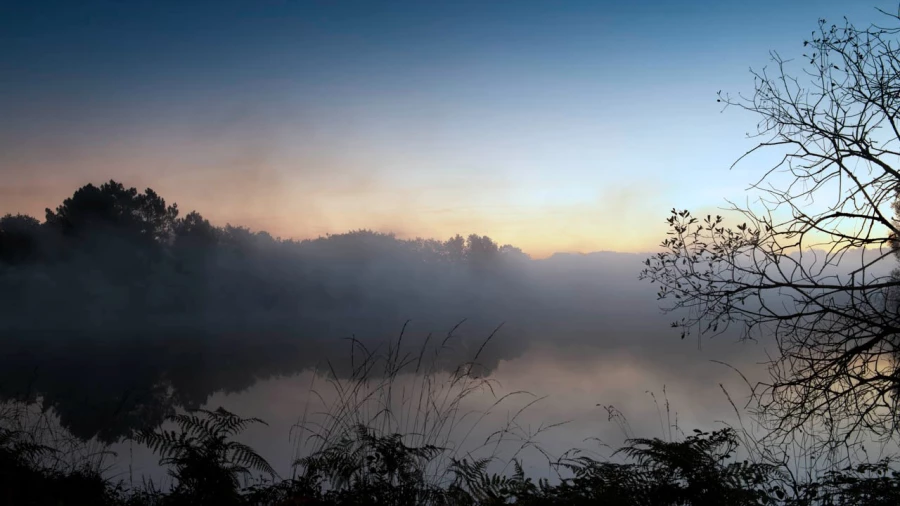
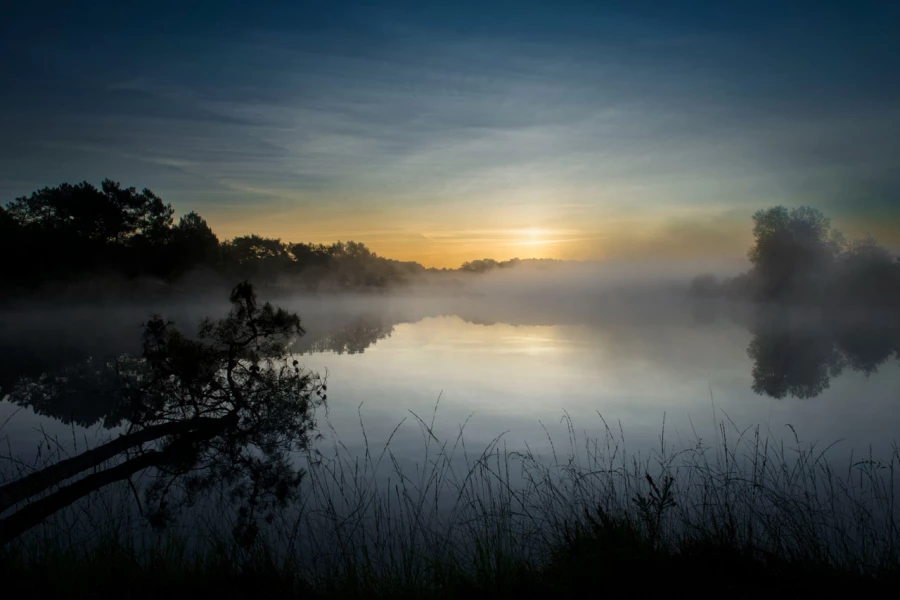
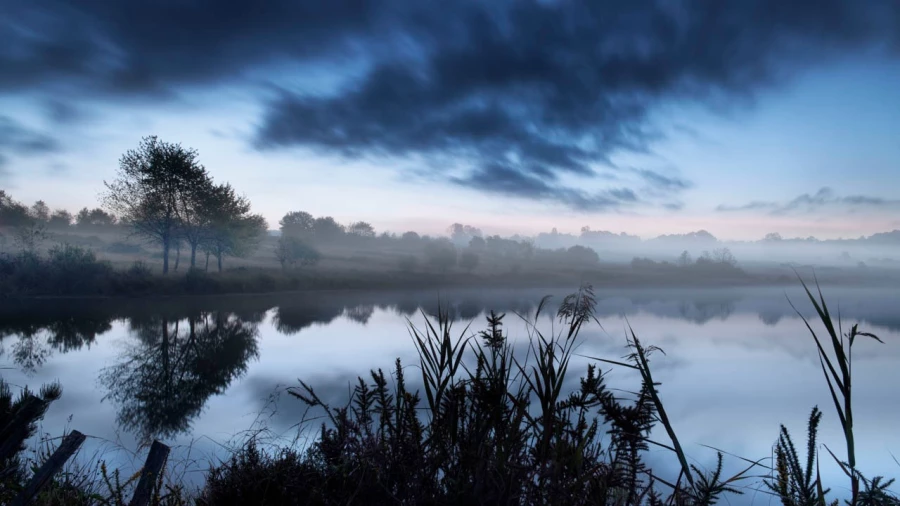
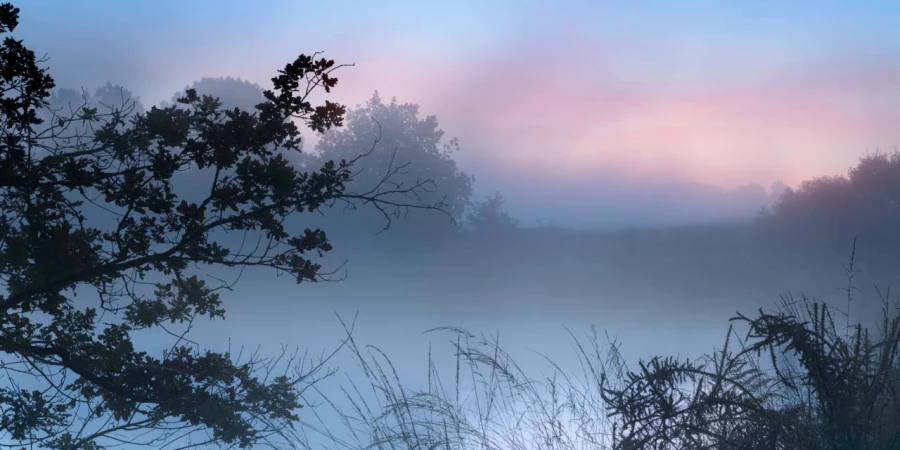

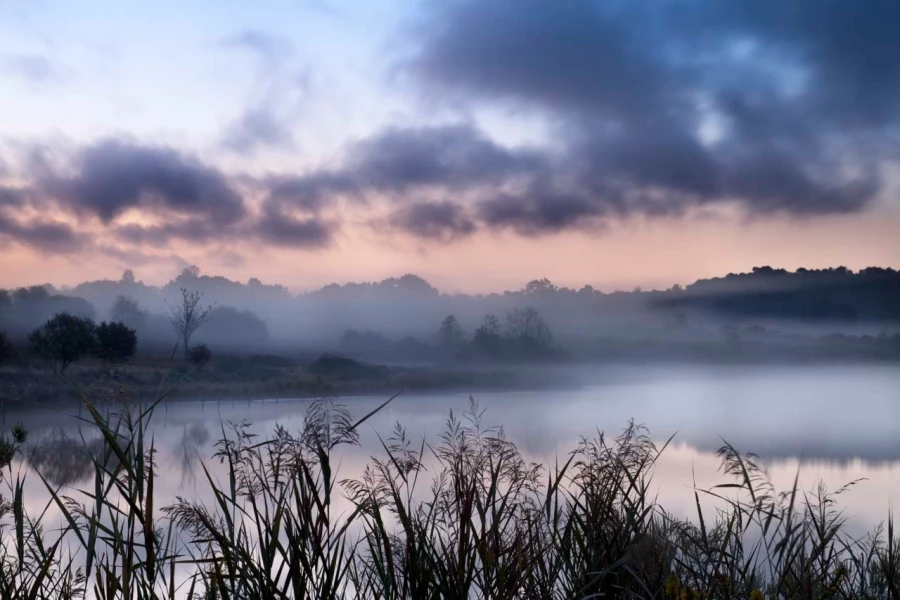
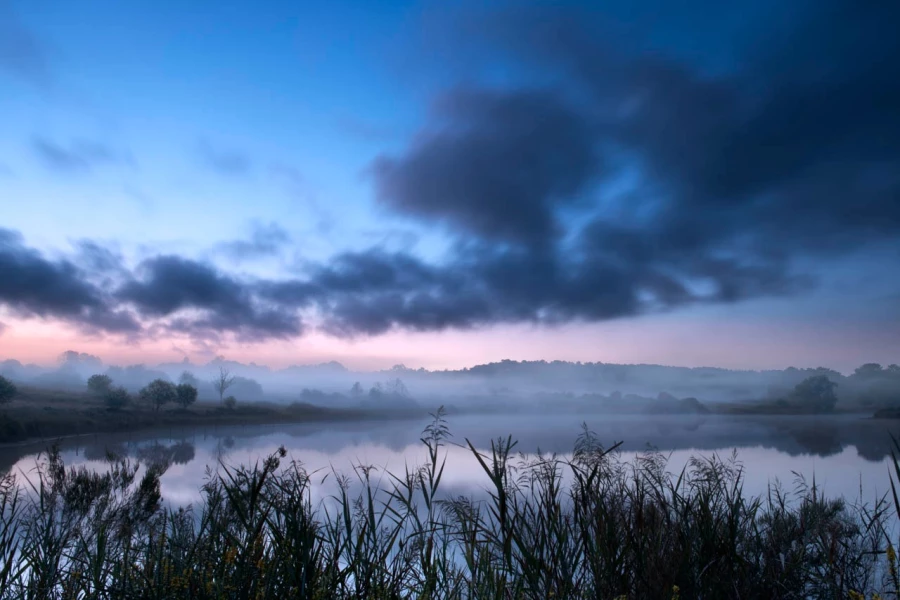
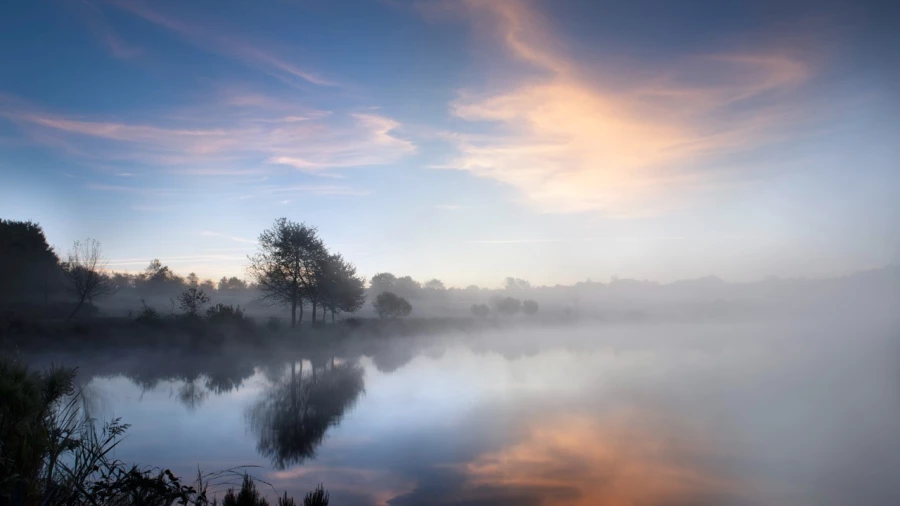
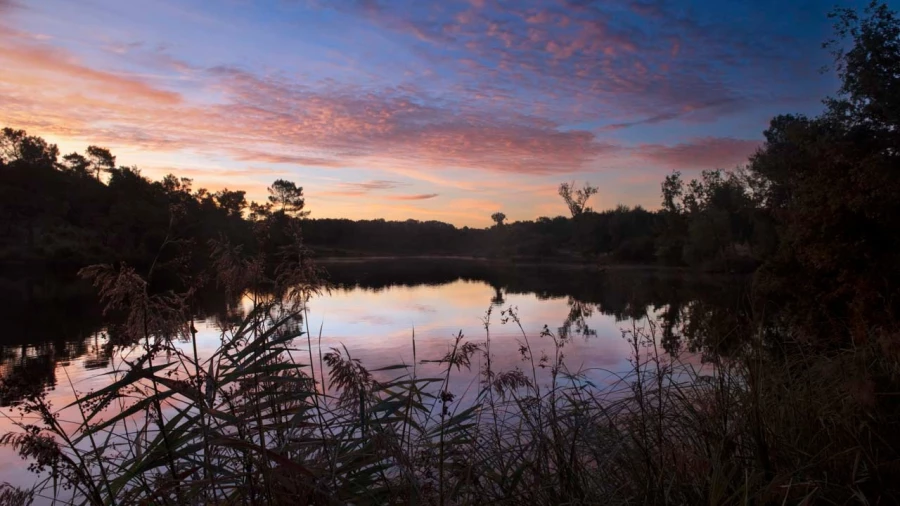
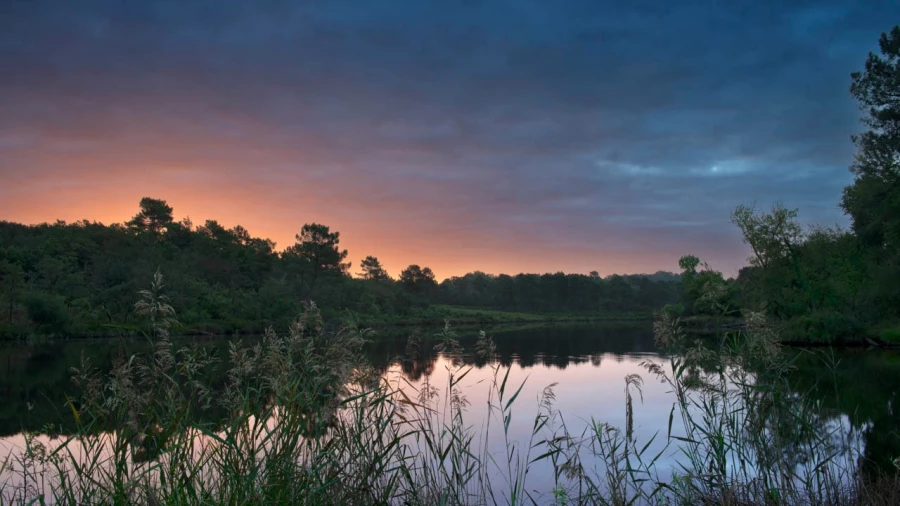
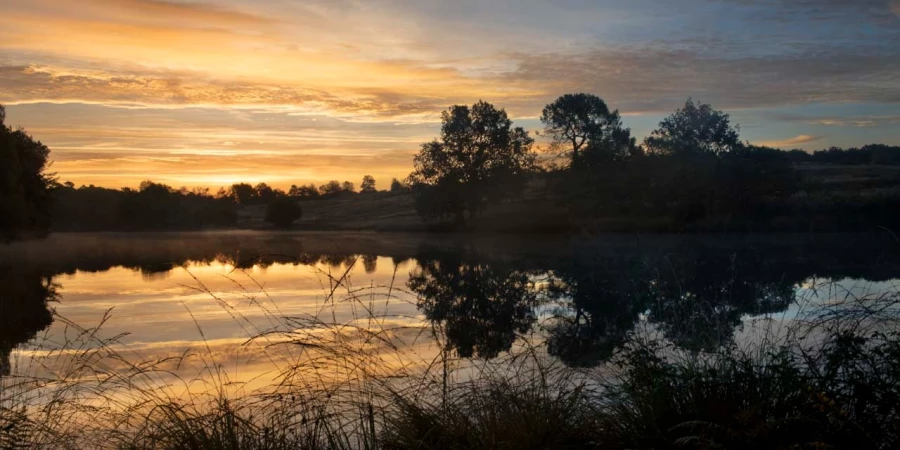
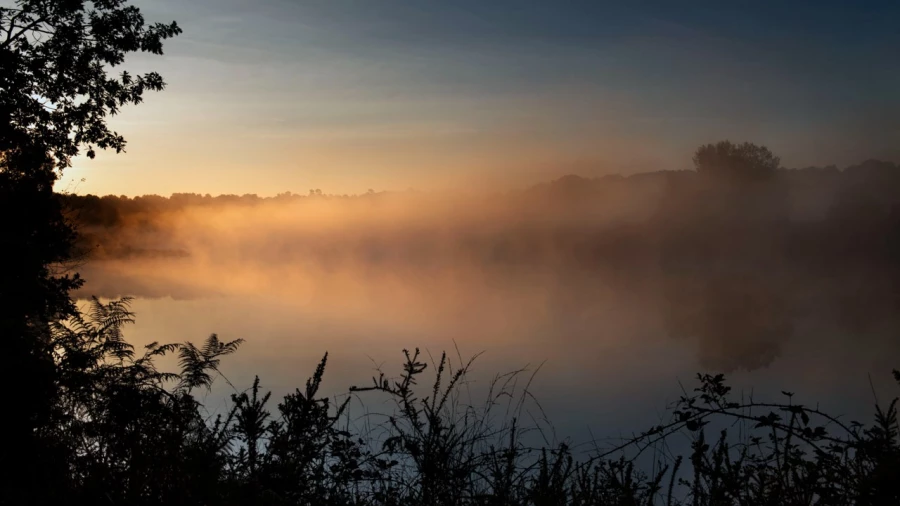
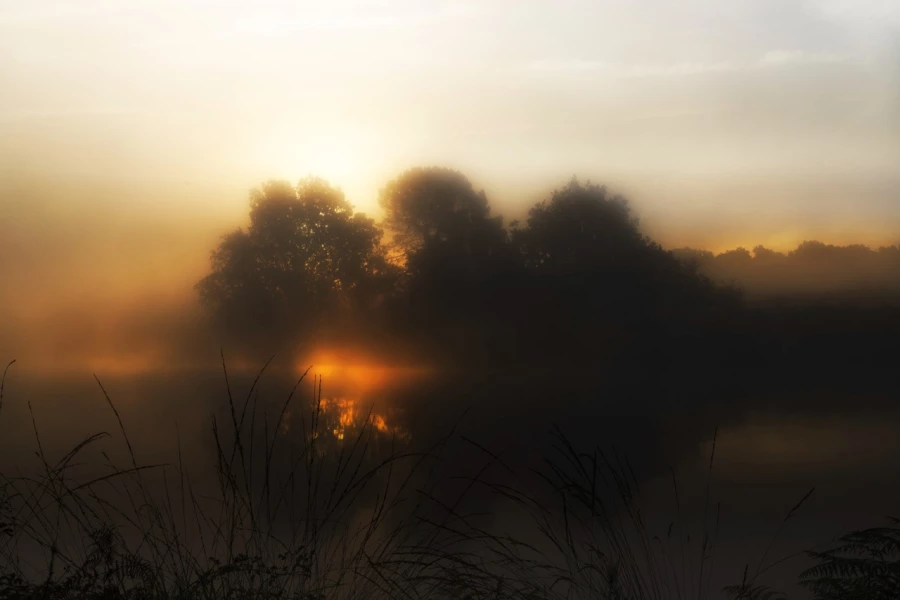
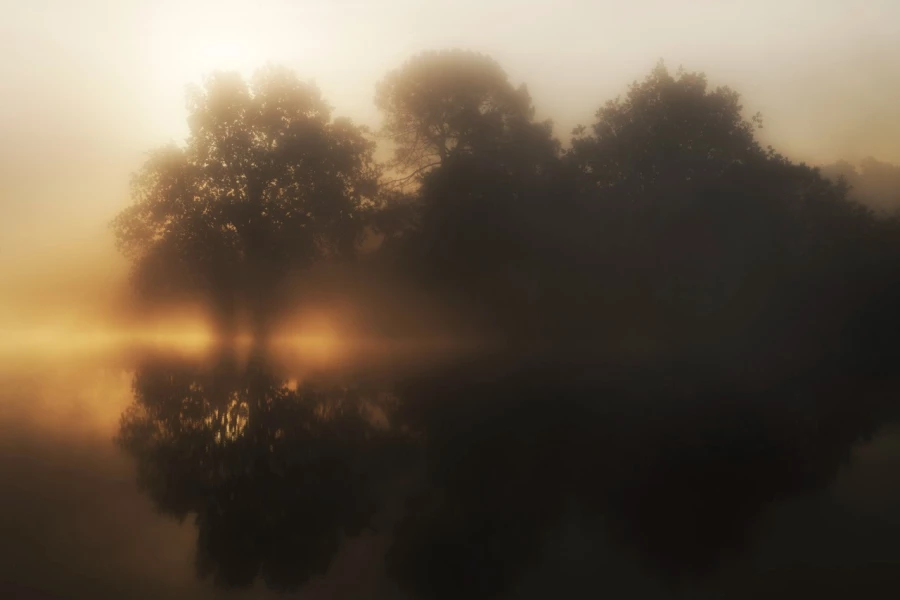
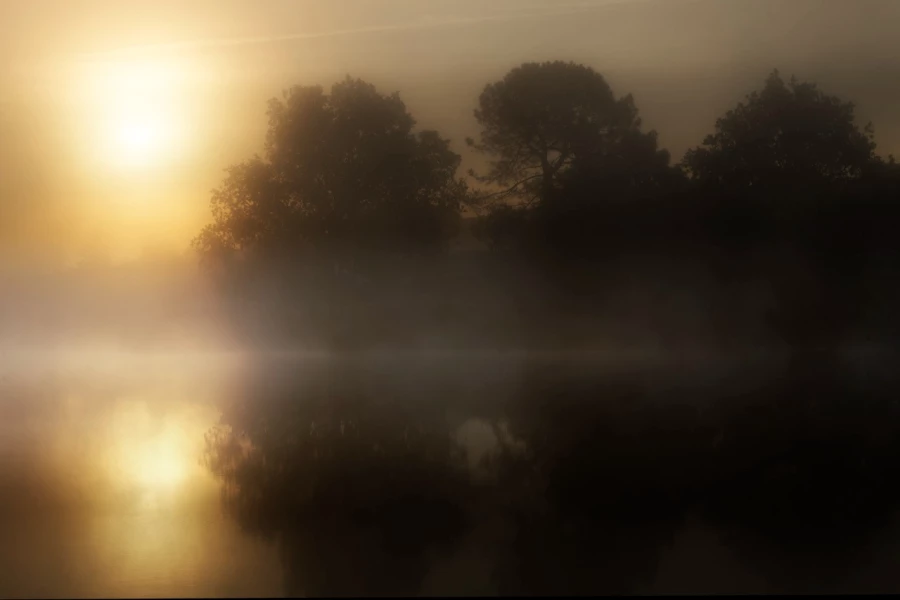




















































Add comment